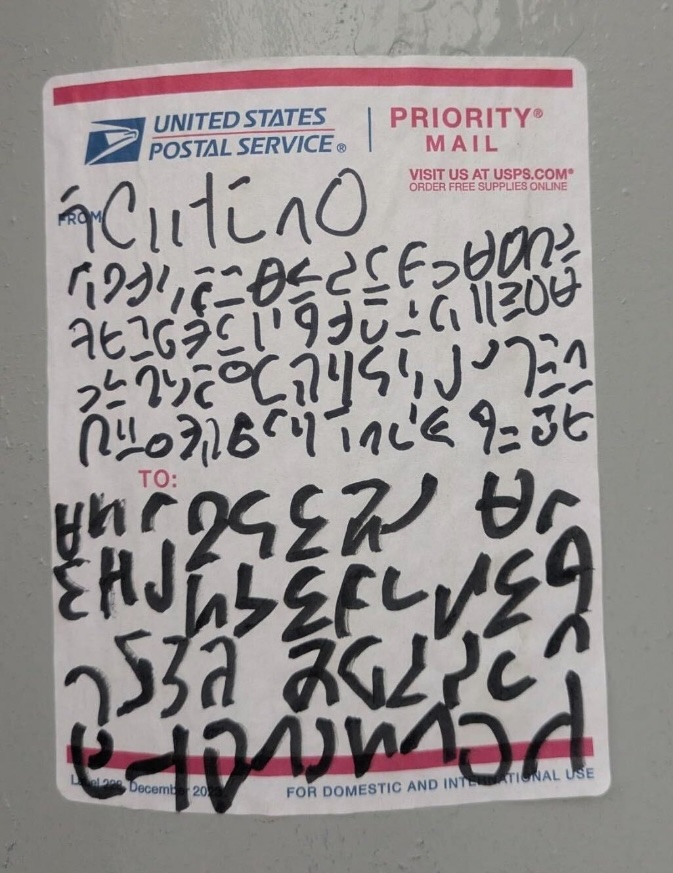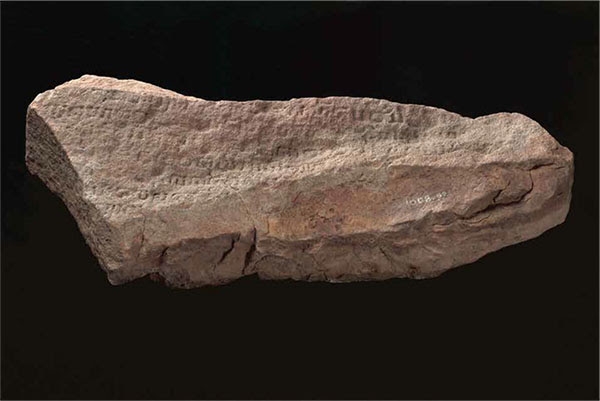AI Is Helping Historians With Their Latin
A new tool fills in missing portions of ancient inscriptions from the Roman Empire
By Nidhi Subbaraman Aug. 6, 2025
In recent years, we have encountered many cases of AI assisting (or not) in the decipherment of ancient manuscripts in diverse languages. See several cases listed in the "Selected readings". Now it's Latin's turn to benefit from the ministrations of artificial intelligence.
People across the Roman Empire wrote poetry, kept business accounts and described their conquests and ambitions in inscriptions on pots, plaques and walls.
The surviving text gives historians a rare glimpse of life in those times—but most of the objects are broken or worn.
“It’s like trying to solve a gigantic jigsaw puzzle, only there is tens of thousands more pieces to that puzzle, and about 90% of them are missing,” said Thea Sommerschield, a historian at the University of Nottingham.
Now, artificial intelligence is filling in the blanks.
An AI tool designed by Sommerschield and other European scientists can predict the missing text of partially degraded Latin inscriptions made hundreds of years ago and help historians estimate their date and place of origin.
Read the rest of this entry »


